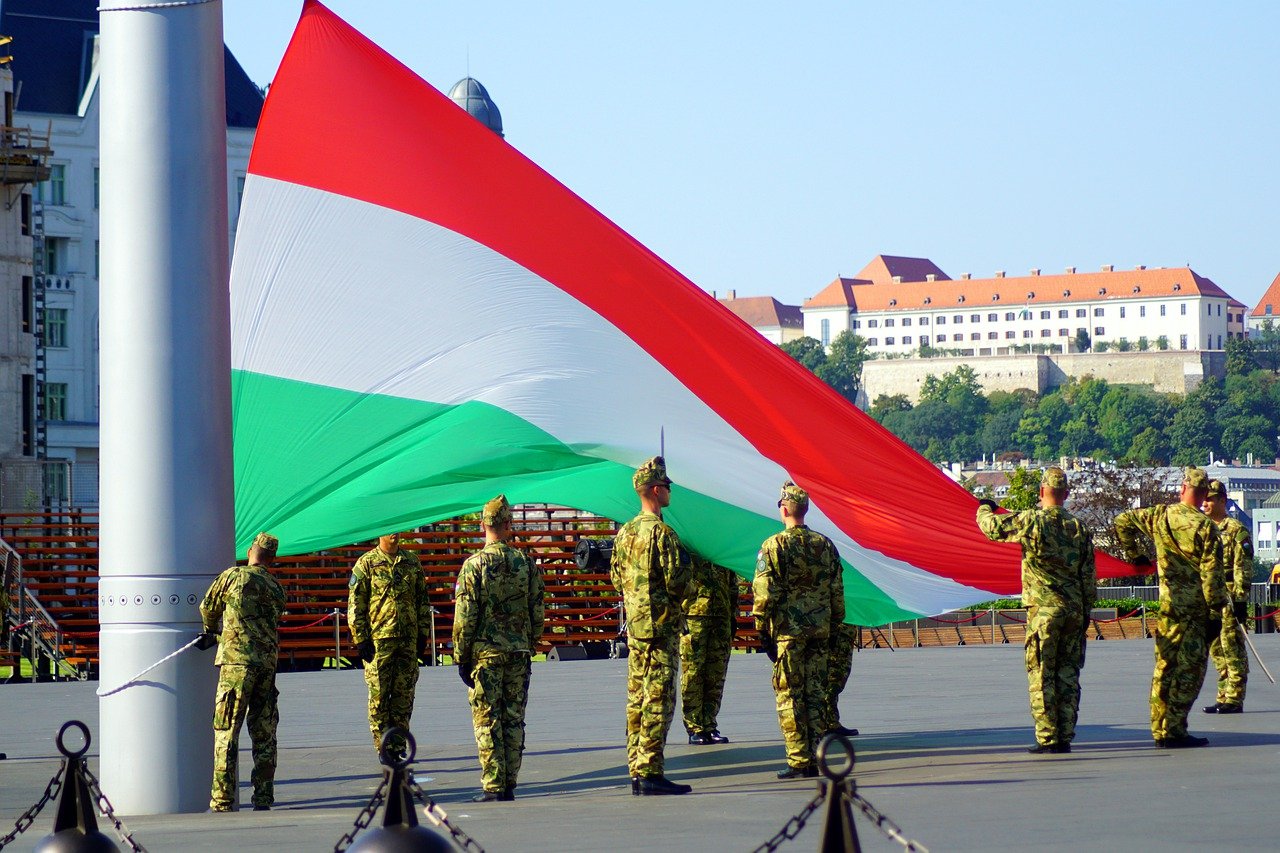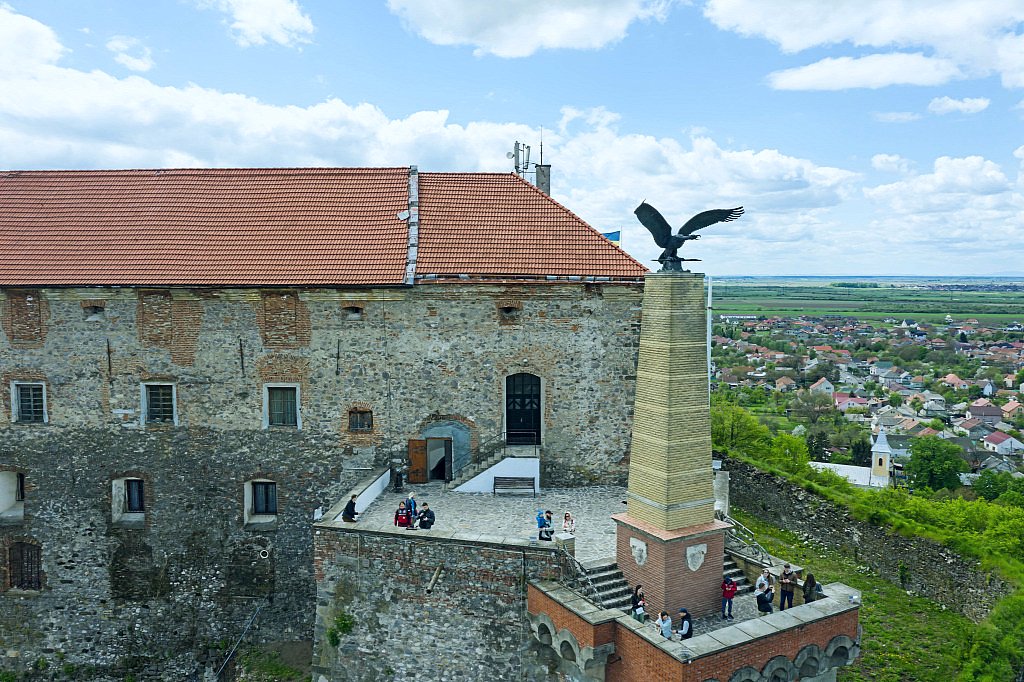
Ukrainian officials criticised again for the removal of a historic statue in Mukachevo, Ukraine.Continue reading

This is the castle in Munkács (Mukachevo, Ukraine) where a statue of the Turul bird (pictured), a Hungarian symbol, can be seen in an earlier picture. The statue was recently removed and replaced with the Ukrainian coat of arms.
In a joint statement, the Cultural Alliance of Hungarians in Sub-Carpathia and the Hungarian Democratic Union of Ukraine criticize the new law on national communities in Ukraine. The law was adopted by the parliament a few days ago with an overwhelming majority, as it is essential for Ukraine’s aspirations to join the European Union.
A joint statement by the advocacy organizations points out that the lawmakers completely ignored constructive proposals previously made by Hungarian and other minority organizations. The law not only reinforces the restrictions on rights previously codified in the Education and Language Law that was hurtful to Hungarian communities, but also introduces new ones, and it “does not guarantee the preservation of compact nationality settlement areas, nor the use of nationality symbols,” according to the statement.
According to the joint declaration,
the new law “interprets minority rights as the rights of persons belonging to minorities only, exercisable individually,” depriving them (their communities and organizations) of the possibility to exercise their political, educational, and linguistic rights, and thus of influencing their own destiny.”
According to the two leading advocacy organizations of Transcarpathian Hungarians, the law in its current form is not suitable to serve as an adequate instrument in Ukraine’s legislation to implement the provisions of the Constitution and the country’s international legal obligations with regard to the protection of the rights of national minorities.
The law does not provide an adequate institutional basis and legal mechanisms for the enforcement and protection of the rights of national minorities,”
the statement concludes.
It is worth looking at the timing of the adoption of the new law, since it came just after Hungary approved the amended EU plan on the 18 billion euro loan to Ukraine. According to the new plan, the 26 Member States are allowed to individually guarantee the loan to Ukraine instead of the European budget, which is a good solution to Hungary, and this way, Ukraine can get its money as well.
Earlier, a controversial Language Law was adopted by the Ukrainian Parliament in 2019, which made Ukrainian the state language, meaning that it was compulsory to use this language in all service sectors and even on internet platforms. The measure was harmful and derogatory to the Hungarian community living in Transcarpathia.
The law was even examined by the Venice Commission, which considered that it was extremely important to strike the right balance in language policy in order to avoid the language issue becoming a source of tension between ethnic groups in Ukraine. These recommendations were ignored by Kiev, and as a result
the language law has caused a great deal of tension not only between ethnic groups, but also in diplomatic relations between Hungary and Ukraine.
In 2019, Foreign Minister Péter Szijjártó called the passing of the law unacceptable, and said that it violated the rights of the Hungarian national community. At the time, the Hungarian government had hoped that the newly elected Ukrainian President Volodymyr Zelensky would put an end to the anti-Hungarian policy, and the president’s first statements gave reason for optimism. However, it is now apparent that no substantial progress has been made and Hungarians continue to suffer atrocities in Ukraine.
In the latest incident, a video was released of a masked man threatening Hungarians in the town of Berehove, saying that they know where they and their children live. Furthermore, the Executive Committee of the Municipality of Munkács (Mukachevo) had the statue of the Turul bird, a Hungarian mythological symbol, removed from the bastion of the castle, replacing it with the Ukrainian coat of arms. Most people in Transcarpathia, regardless of their nationality, believe that the removal of the historic statue was unnecessary, as national symbols can coexist peacefully in the region – as they previously used to.
Featured photo via Twitter